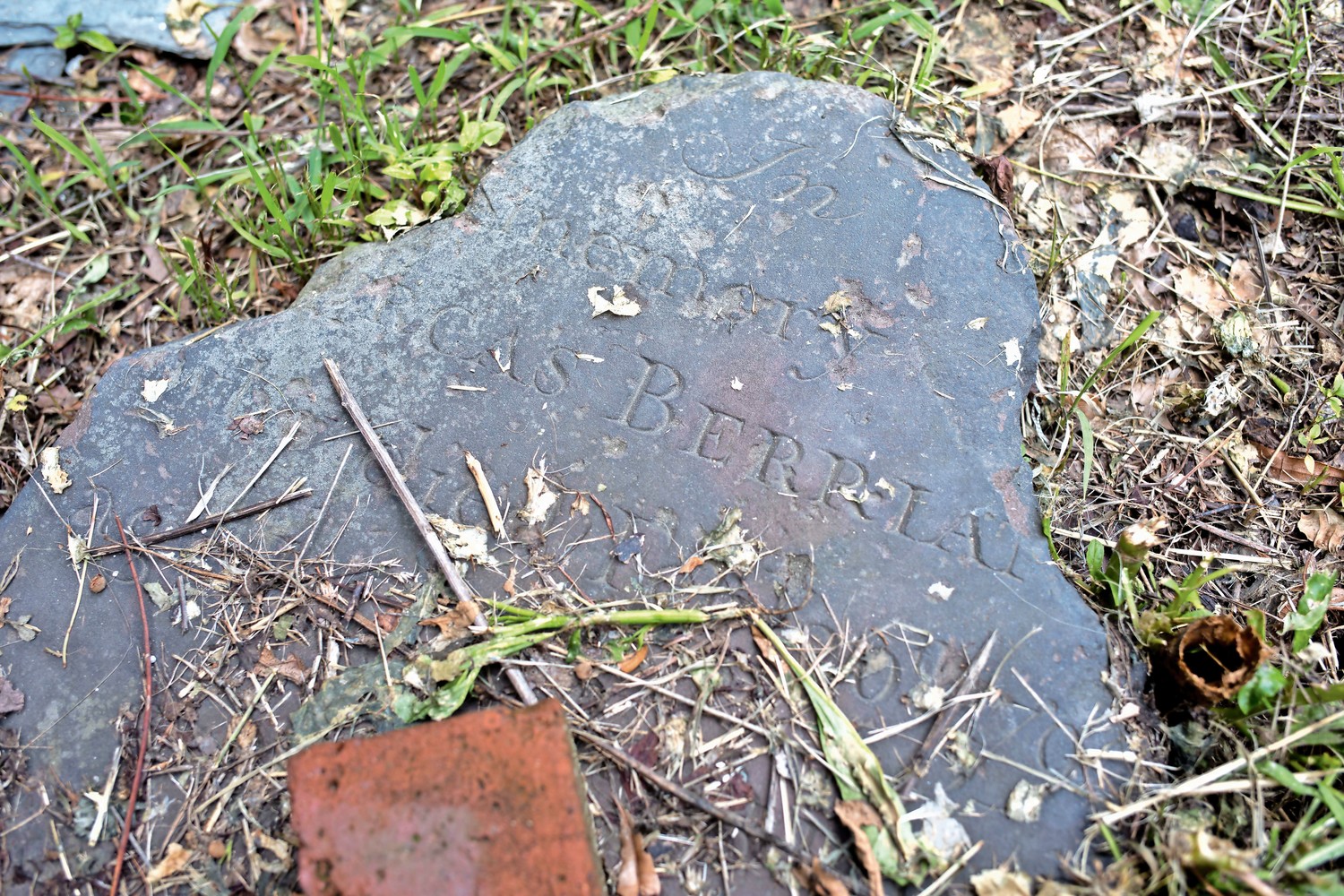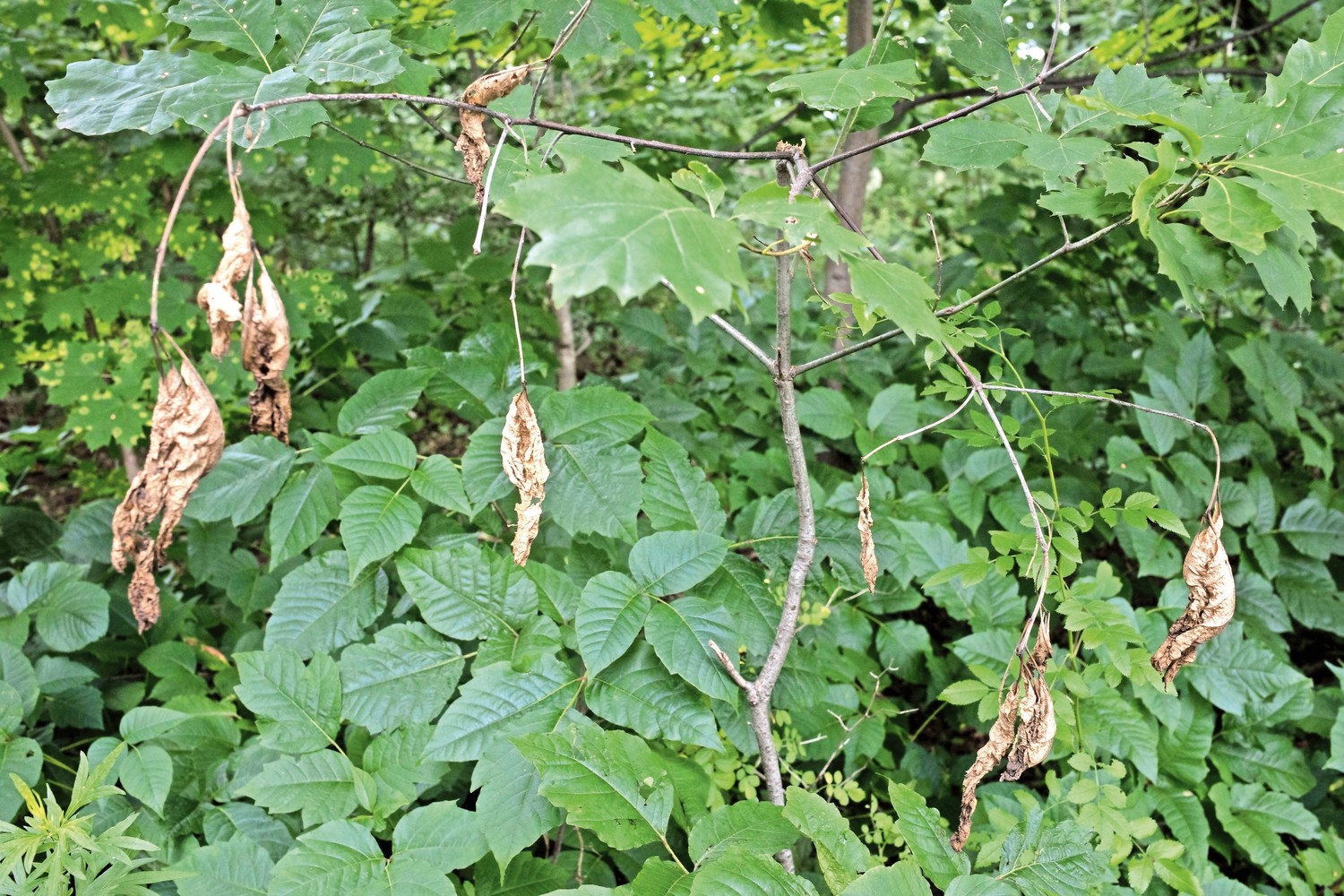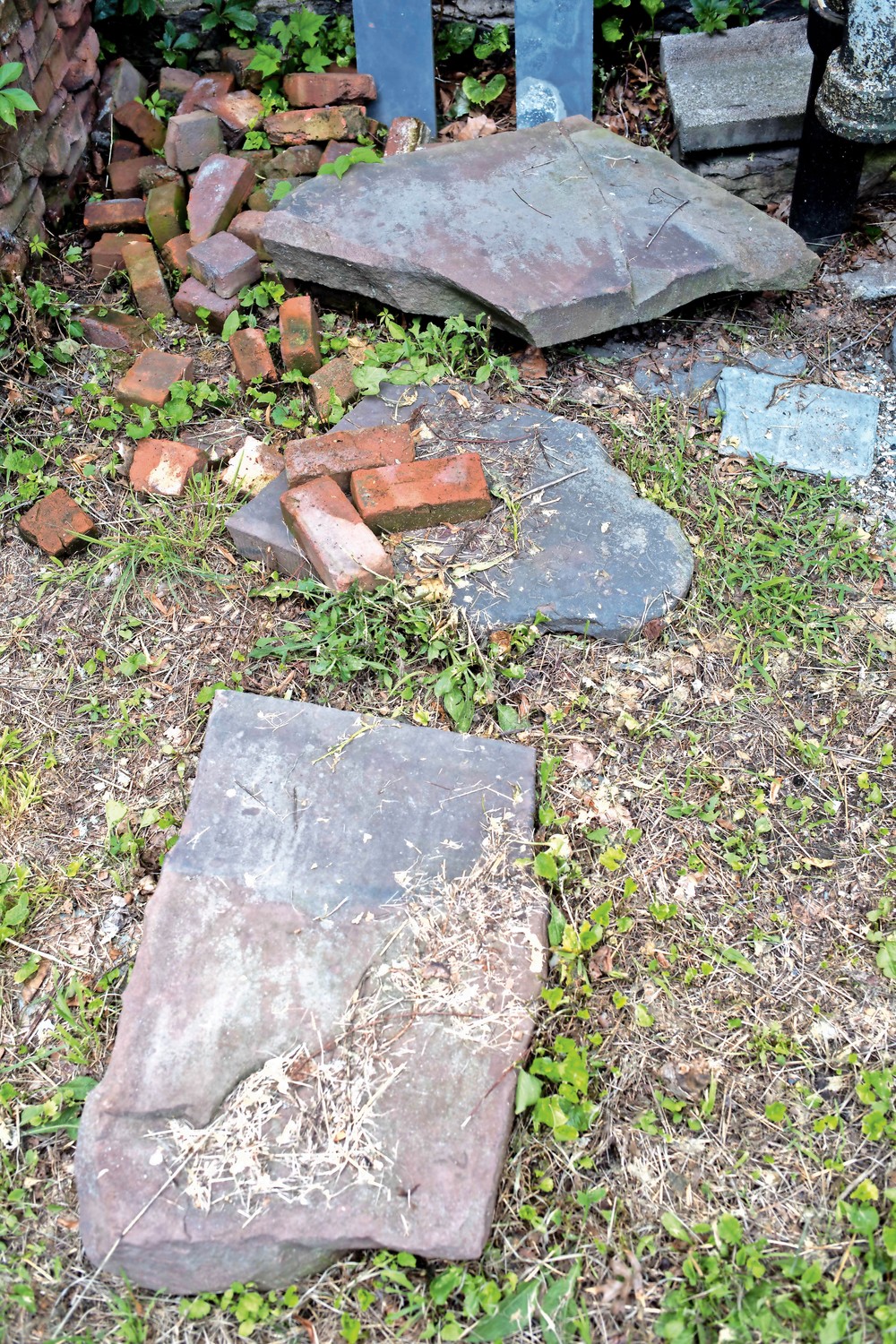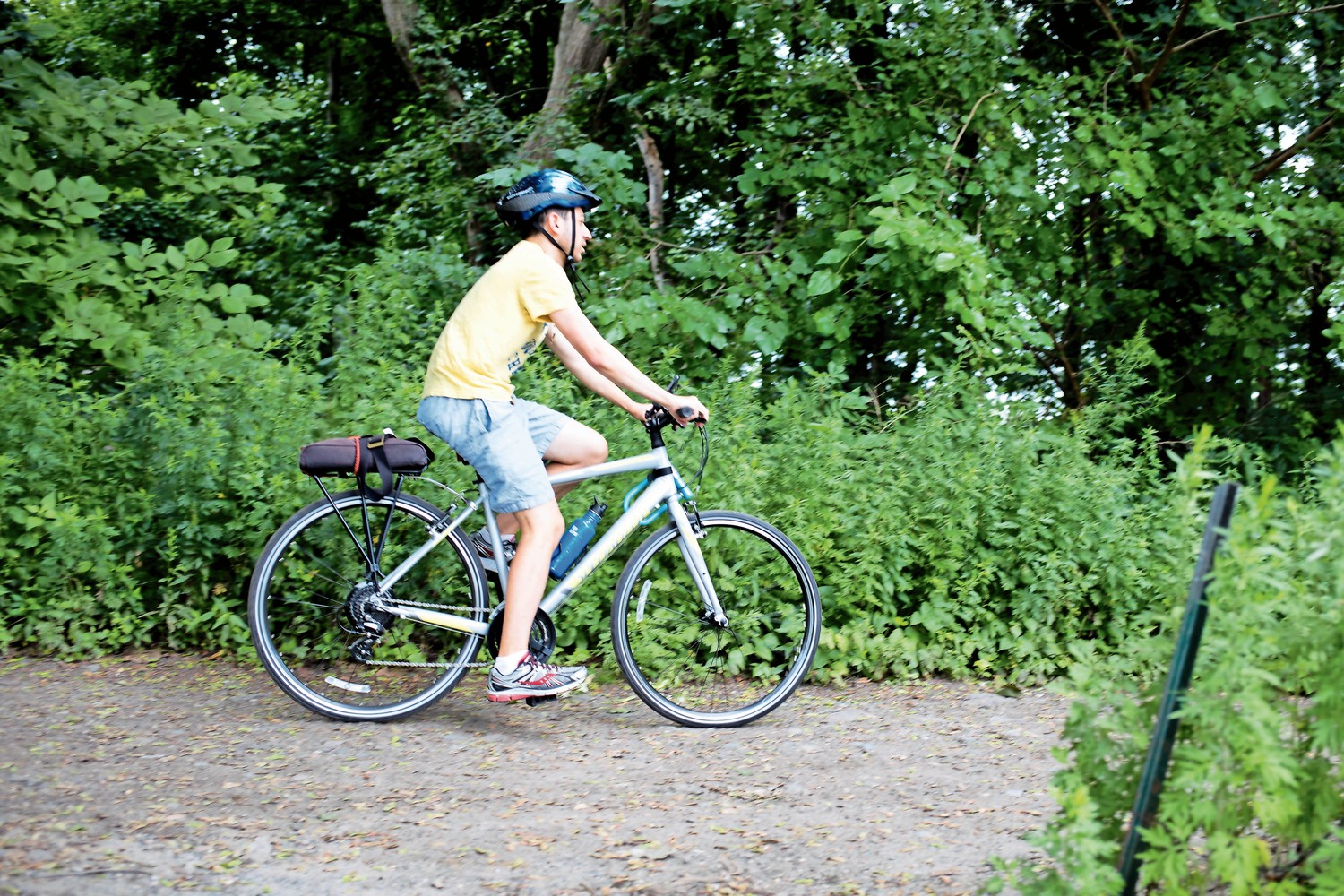No more grave concerns at Vannie over rough history
Van Cortlandt Park is home to acres of greenery, America’s first public golf course, and the unmarked burial ground of slaves and settlers.
New York and Texas don’t typically share much in common, but when it comes to plots of land filled with unmarked graves of slaves from the 19th century, the two states are finding themselves to be more alike than they probably want to be.
There is believed to be a half-acre of land in Van Cortlandt where slaves were once buried, according to Kingsbridge Historical Society president Peter Ostrander. Earlier this year, more than 1,000 miles away, skeletons were discovered at a Texas construction site — what was later determined to be 95 slaves.
While America’s slavery era is not something many like to talk about, it’s important to talk about the past — both good and bad.
“I’m about publicizing the history because history shouldn’t be a mystery,” said Nicholas Dembowski, vice president of the Kingsbridge historical group.
Dembowski gathered information about Bronx slaves wills, censuses and other historical documents. Although the parks department acquired the Van Cortlandt estate in the late 1800s, city officials have no records revealing who exactly was buried at Vannie.
Records might be scarce, but knowledge of the Van Cortlandt family isn’t, as it’s clear through historical research one of the area’s original families owned slaves. In fact, it’s part of the tour of the Van Cortlandt House Museum, where parts of the mansion’s third floor is where slaves were quartered.
Dembowski discovered census records from 1790 that included what would later become Riverdale, Kingsbridge and Spuyten Duyvil, which included a count of about 60 slaves. Court and tax records also were used to identify the presence of slaves within the community based on documented names, according to Bronx historian Lloyd Ultan.
In addition, members of the Berrian settler family also were discovered in the park, their graves dating back to the 18th century as well. To prevent vandalism, the family’s headstones were moved to the back of the museum some years ago. Where they were originally — and where the Berrians themselves are specifically buried — is now a mystery, although it’s believed some of the bodies were exhumed.
Some of that removal could have taken place more than a century ago when a railroad cut through the cemetery. According to a 1905 story in the Mount Vernon Daily Argus, the cemetery was believed to have belonged to the “slaves employed on the neighboring estates.”
Many skeletons were discovered with forensic examination leading officials to believe those remains belonged to African-Americans.
Even the Van Cortlandt family itself has been relocated from graves from the park to The Woodlawn Cemetery, and parks officials believe it’s possible slave remains moved with them.
The story surrounding the Texas slave remains were a bit unusual. The wooden boxes they unearthed held the remains of black people freed after Abraham Lincoln’s Emancipation Proclamation who were forced back into slavery through convict labor camps.
Following the Civil War, the Texas economy collapsed without its slave labor, so the government there tried to sidestep abolitionist laws by creating the convict leasing system where African-American prisoners were removed from state prisons and rented to private businesses as a substitute for free labor.
All the bodies belonged to black men, except for one, researchers said, all of whom ranged between 14 and 70 years old. A bone analysis also revealed many of these forced laborers were severely malnourished, sick or received ill treatment.
New York City is filled with burial grounds of all kinds in its parks, according to officials, with more than 50 of them already known, including Bryant and Madison Square parks. In Washington Square Park alone, it’s believed some 20,000 people are buried there.
But thanks to the work of Dembowski and Ostrander, with a little help from Ultan, such grounds are not unheard of in the Bronx, either.
The parks department is working with the Kingsbridge Historical Society to erect an historical marker at the burial grounds. Dembowski would like to take it a step further by installing a plaque that gives an overview of the park’s history with a map, along with signage marking the slave burial ground.
He also wants the burial ground headstones restored.
It’s the least the city can do for these men and women who made large contributions to the early growth of the Bronx despite the horrors of being treated as property.
Dembowski analyzed wills and other documents and discovered a skilled slave who worked as a miller on the Van Cortlandt’s plantation.
He also discovered the man-made Van Cortlandt lake was dug out by slaves, its waters later used to power the family’s mill.
That mill, Dembowski said, processed wheat — a primary source of the Van Cortlandt family wealth.
“During the 1600s the park had a population and this park was mostly black people,” Dembowski said. “It’s important to our country to acknowledge their contributions. And I think it starts with a sign.”













